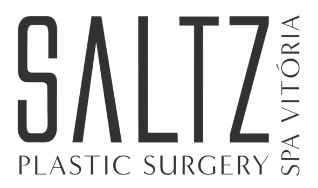This has been a year none of us will be sad to see go. This darn virus just won’t seem to let up, and now it’s even getting in the way of the holidays. This year surely won’t entail the usual free-for-all of holiday parties, dinners with friends, and the rest. That’s a shame, but it’s just the reality of 2020.

With that in mind, let’s devote December’s two blogs to the ever-popular facelift.
Longer lifespans make it tough on the face
Advances in medicine have pushed the life expectancy to over 81 years for a U.S. woman, over 76 years for a U.S. man. Contrast this to those born in 1900, most of whom would die near their 50th birthday.
But someone needs to give our skin the news. Our skin and underlying tissues still age at a similar rate and it shows…particularly on our face.
The face has some of the thinnest skin on the body, plus it is especially prone to sun and environmental damage. This is especially true in sunny, dry Utah. Our cold winters and hot sunny summers aren’t kind to our exposed facial skin. And it doesn’t help that the body produces less and less collagen, the skin’s underlying support system, as we age. The result is deep creases beside the mouth, hanging jowls, sunken cheeks, loose skin and banding on the neck, and an overall looser appearance to our face.
What is a facelift?
Clinically known as rhytidectomy, a facelift is a surgical procedure that addresses the visible signs of aging in the mid and lower face and the upper neck. As we age, we develop lines from endless muscles contractions, lines caused by volume loss from declining collagen production, sun and environmental damage to the skin, and general sagging and stretching of the skin. Facelift techniques have changed, especially since the turn of the new century. Focus now is much more on elevating underlying support tissues and muscles, and far less on stretching sagging skin.
Dr. Saltz uses different methods to smooth and tighten the skin of the cheeks, the chin area, and the upper neck. During the procedure the skin is lifted, and underlying muscle and tissue is repositioned to its former higher position. Excess skin is then trimmed. While facelifts cannot improve problems caused by sun damage, they do improve sagging and remove excess skin.
In December’s second blog, we’ll discuss Dr. Saltz’s method for a “modern facelift,” along with characteristics that you could be seeing on your facial aging that would make you a perfect candidate.
If you’re interested in consulting with Dr. Saltz about a facelift, please call us at our Salt Lake City office, (801) 274-9500, or our Park City office, (435) 655-6612.



